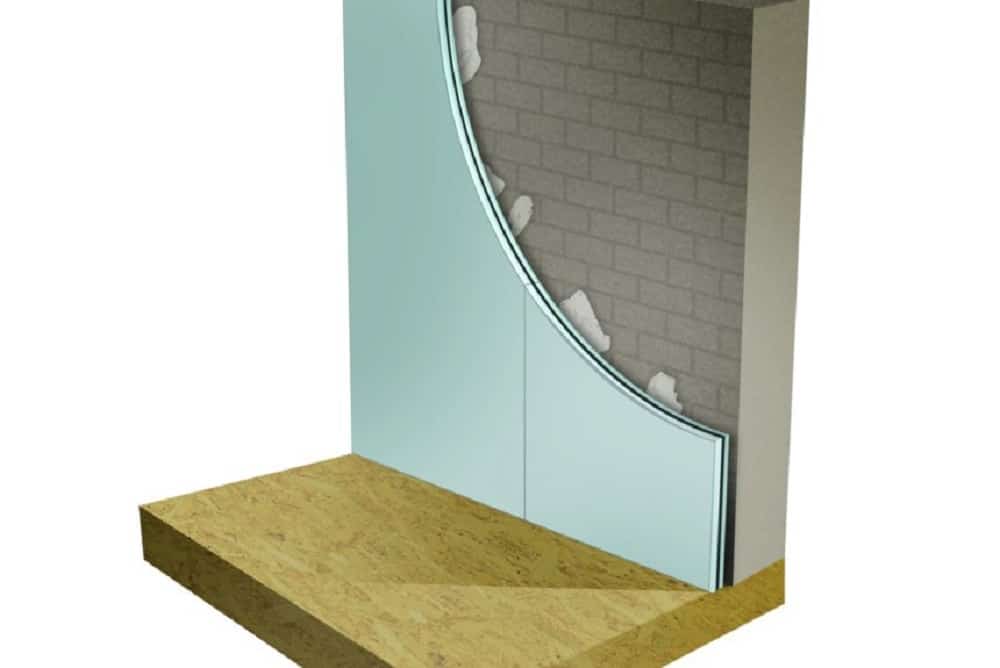Unwanted noise is never a good sign, but when we’re talking about soundproofing issues in a home, things become sensitive. Your home should be the place to relax after a long day, not to listen to the noise coming from the neighbouring buildings.If you’re looking for some soundproofing tips, read on the advice coming from the team at Noise Stop Systems. Then start turning your house into that perfect place that energises you.

Soundproofing Your Home
1. Identify the Origin of the Sound
The first thing you need to know about the disturbing noise you want to block out is its origin. There are two types of sound – airborne and impact sound, and each must be addressed differently.
Airborne Sound
Noise that is propagated through air is called airborne sound, but you may recognise it as “the loud TV from upstairs” or “the conversation other people have in the next room”. This usually occurs when sound is not properly absorbed, and reflects from different surfaces, such as walls, floors or even furniture.
Impact Sound
Impact sound is what you hear when people upstairs are walking too loudly, when furniture gets moved or something is dropped on the floor. Impact sound is transferred through the building structure, penetrating walls, floors, and ceilings.
A residual third type of sound is flanking noise, which is the sound that travels through the structure joints. This is only generated in association with either airborne and impact sound, and it can be diminished using acoustic insulation. Although you might be tempted to think flanking noise is not a big deal, it contributes to the background noise that makes you irascible without you even realising it.
2. Determine the Volume Difference
The second thing you need to know before soundproofing your home is the level of the noise you want to block. This will help you choose the right solution for your problem. For low to medium intensity, you might need just a stud work wall. If you can not only hear but also understand conversations or clearly distinguish sounds coming from outside, you might need a more complex system.
Even if impact and airborne sounds are different, most systems improve both problems. However, for airborne sounds, the best solution is to increase the density and the mass of the walls, and to reduce the surfaces that reflect the sound. On the other hand, impact noises can be reduced by creating separation in the wall structure.
3. What You Need to Soundproof Your Home
Finding out how the sound leaks is another important aspect because it will help you decide what part of the house needs better soundproofing – the walls, the ceiling, the floor or the joints. For walls, you can either soundproof them with panels and acoustic slabs or create a secondary stud wall. Both solutions will help absorb the sound and reduce reverberation, diminishing the echo effect and increasing sound quality in the room.
If you need to create separation in the structure, the best solution is to add sound breaker bars to the walls. The space they create allow the vibration to be released instead of transmitted to the new room.
For ceilings, acoustic insulation slabs and sound breaker bars are the best combination. They block out both airborne and impact noise, cancelling almost completely the noise coming from upstairs. Flooring solutions are even simpler – a floating floor can be installed on top of classic timber or concrete floors, creating enough space for the sound to be absorbed.
Looking for more info about the right soundproofing system for your home? Don’t hesitate to reach out to Noise Stop Systems team for any advice and solutions.






